May you be at peace this holiday season as you enjoy close friends and family and may you experience a joyful, prosperous new year!
Cheers!
Zinniaboy.com
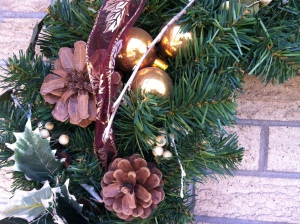
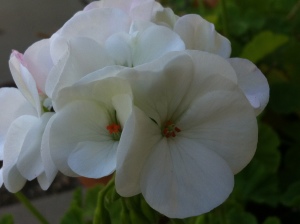
The “flower of the month” is the Geranium. Geraniums are annual, biennial or perennial and are sometimes called “cranesbills”. This versatile flowering plant is long lasting and can be found in temperate regions and mountain tropics. The plant can be propagated by seed or cuttings and are a delight to grow as they are long lasting and can be grown in beds, pots, outside or inside. Some varieties grow best in full sun but most are partial shade plants. I suggest starting seeds in early spring for blooms that will last throughout the season. Cheers
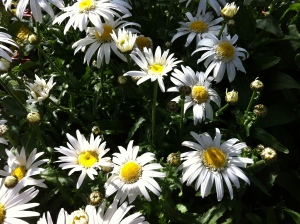
Plants, trees and shrubs develop in numerous ways. Seeds are carried on the winds and settle in fertile soil, millions of natural perennials remain or die and renew themselves and even animal droppings contain seeds that take root and grow in a constant cycle. These are some of the natural ways the earth propagates and sustains itself.
Humans have always planted to feed themselves and farming technology has developed in ways that now feed billions of people. Individual or community gardeners grow food and flowers on a smaller scale and friends might trade plant cuttings to root and grow in their homes.
Our world cannot survive without plant propagation!
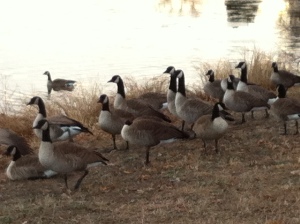
An indication of seasonal change is the great migration. As winter approaches, millions of migratory birds circumnavigate the globe in search for more favorable habitat. Arctic air initiates the flow of several species of ducks, cranes, swans and geese in regions originating from Alaska through Canada and the Great Lakes. They can be seen working their way south through the Pacific, Central and Atlantic fly zones in North America. Recent conservation efforts have resulted in an increased number of birds and seeing them gather in the sky and open water is something to behold. Cheers
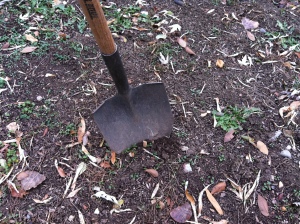
What would we do without tools? Throughout our existence, tools have played an intricate roll during work or play and must be given proper care to fulfill their purpose. I could not imagine gardening without the required tools as they make our work easier and more pleasurable. A small amount of cleaning, maintenance and storage will extend the longevity of your tools, saving money and time. Store your tools out of the elements after each use, clean, sharpen, and repair them at the end of the season and they will be “ready and able” next spring. Cheers
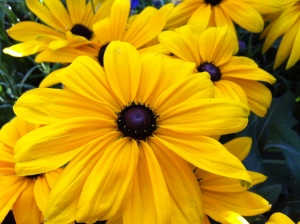
Rudbeckia
Native to North America, the flower of the month is Rudbeckia. It is also known as Coneflower or Black-Eyed Susan. The daisy like flower is a perennial or annual depending on the variety chosen. Rudbeckia likes full sun, is drought tolerant and should be started in early spring producing magnificent blooms in multiple shades from early summer to late fall.
Winter is not a time for “laying low” a blue print for next season can be created now! You can begin by choosing annual plants and flowers from a catalog, online or just re-plant your “favorites”. Choices will be based on several things including your zone, the condition of your soil, how much sun or shade your garden areas receive and what you grew in those same areas last season. Purchase a soil quality kit to determine what you might need to amend your soil and plan to rotate anything you planted last year to a new location next season. When rotated, plants in the same family will have fewer diseases. Choose and purchase quality seeds early as they sell quickly and may not be available if you wait until spring. When the time comes be sure you have proper supplies and have taken the steps to initiate seed growth. You may want to start seeds under a grow light, in a green house, in the ground or simply grow something in a sunny indoor window. Planning ahead is your key to success! Cheers
From ancient times human designs and décor using floral wreaths, arrangements and adornments have endured. Pods, cat tails, leaves and fall flowers can be utilized to make a special centerpiece and dry arrangements will last for months. Whether you choose something from your own garden or ask your local florist to create something, celebratory and everyday fall experiences will be enhanced.
Cheers
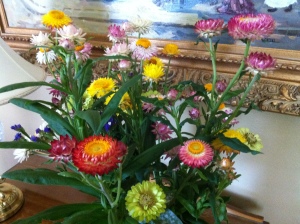
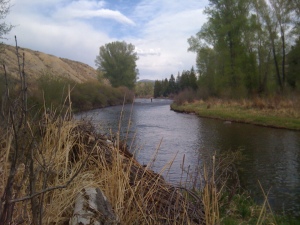
The most precious resource impacting our existence is water! Challenging ourselves to use less is crucial! Many years of drought in zone 4 led us to research more creative methods of watering our garden. A “drip irrigation” system pinpoints the exact area water is needed and uses a fraction of water used with a sprinkling system. Even watering plant roots by hand is preferred to a sprinkling system, the water is directed where it is needed and keeps water droplets off fragile blooms which can attract the hot Colorado sun.
[Spider_Single_Video track=”7″ theme_id=”2″ priority=”0″]
The first hard frost has taken place covering plants with an icy chill that brings them to their next life cycle.

Specific plants like geraniums or impatiens can be brought inside and continue blooming, the remaining plants can be added to your compost pile helping to create rich soil better known as “black gold” for next year. Forcing bulbs during the fall is a somewhat arduous task but if you decide to do it you will enjoy blooms during mid winter to early spring. Cheers